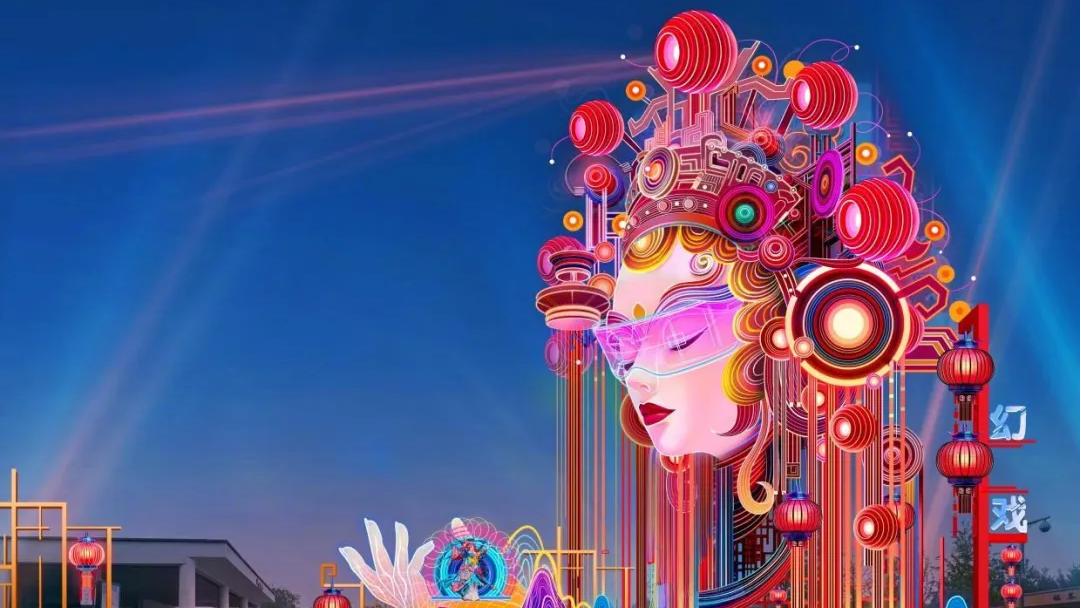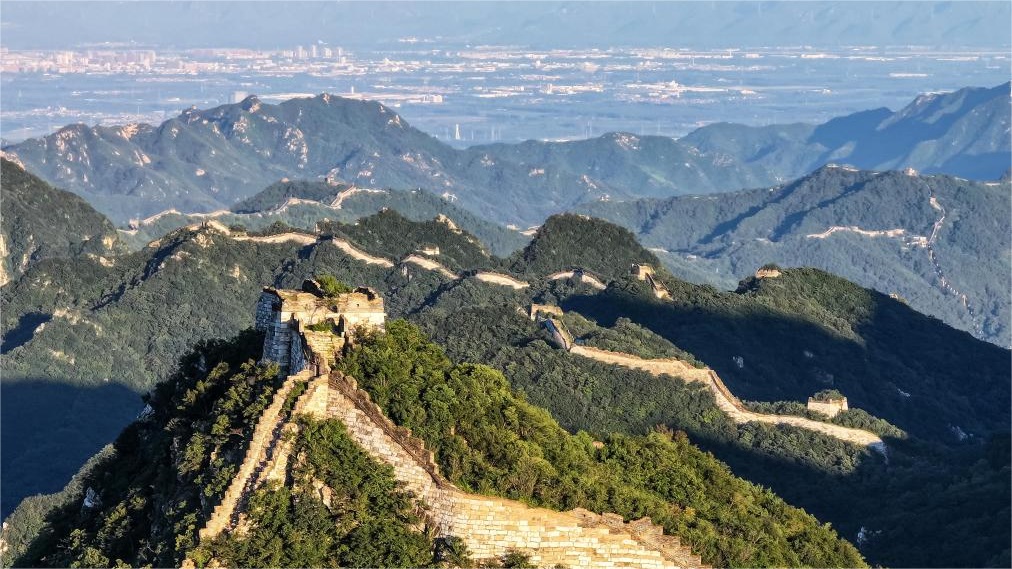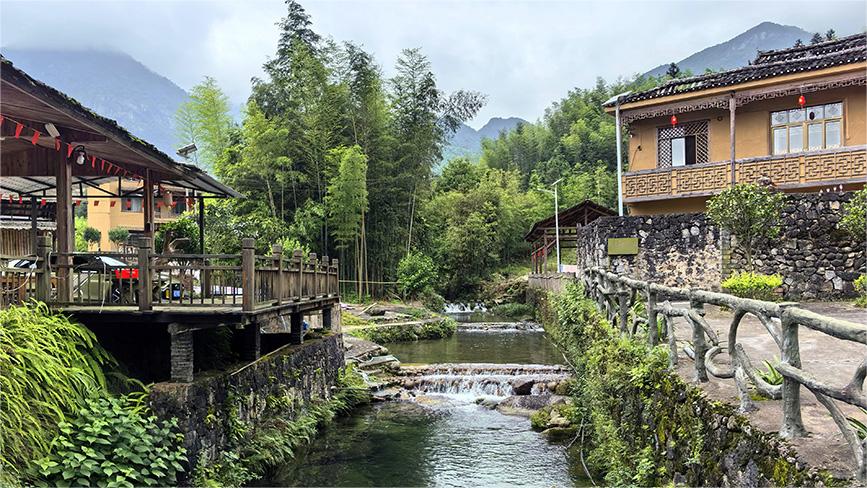New profession evidence of growing enthusiasm for cultural, creative products
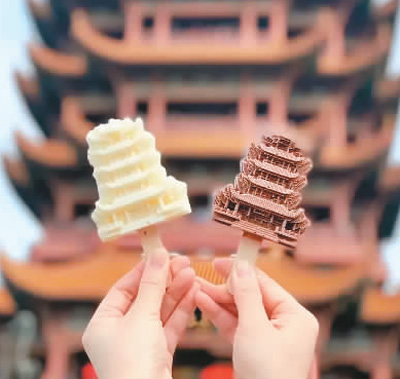
Photo shows ice cream bars in the shape of the iconic Yellow Crane Tower in Wuhan city, central China's Hubei Province. (Photo courtesy of the interviewee)
In recent years, cultural and creative products have gained popularity among young Chinese people, becoming sought-after souvenirs at museums and scenic spots.
The growing enthusiasm for cultural and creative products, known for their unique designs, cultural significance, and practicality, has not only enriched the cultural tourism market but also given rise to new industries and professions.
This May, China's Ministry of Human Resources and Social Security unveiled 19 newly classified types of work, including cultural and creative product planning and operations specialist.
To explore this newly classified profession, a visit to Zhao Dan, founder of a company in Beijing that specializes in cultural and creative products, was made.
Zhao, who has been engaged in the cultural and creative industry since 2019, has designed many popular products. His most notable creation is an ice cream in the shape of the iconic Yellow Crane Tower in Wuhan city, central China's Hubei Province.
"The starting point of cultural and creative design is often rooted in the exploration and understanding of local cultures," Zhao said, adding that identifying and refining the most representative elements of each place is the top priority for cultural and creative product planning and operations specialists.
This thought process is what led to Zhao deciding to use elements of the Yellow Crane Tower. Tasked with designing a product for Wuhan, it only made sense to use the iconic tower as inspiration.
Ice cream bars shaped like the Yellow Crane Tower combine elements of the famous landmark with marketing appeal. Consumers can appreciate the cultural significance of the tower through the intricate design of the ice cream replica of the tower, while actively sharing the tasty mini version of the tower on social media, Zhao said. This has not only boosted sales of the ice cream bars, but also contributed to raising the profile of the Yellow Crane Tower and Wuhan.
The ice cream bar is a great example of how cultural and creative products are often a benefit to the cultural icons they are based on or related to.
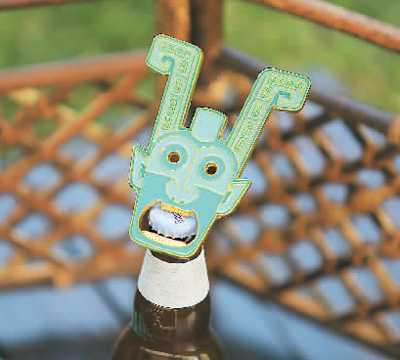
Photo shows a bottle opener, also a fridge magnet, in the shape of a two-faced bronze mask, a notable cultural relic. (Photo courtesy of the interviewee)
Following this success, Zhao and his team have collaborated with over 300 museums and scenic spots across China to develop cultural and creative products in ice cream form.
Developing cultural and creative products requires a blend of tradition and modernity, as well as art and functions, according to Zhao.
As simply replicating cultural relics is no longer sufficient to meet the aesthetic and practical needs of modern consumers, cultural and creative product planning and operations specialists need to accurately capture consumer needs to guide the design and innovation of products.
For instance, Zhao and his team innovatively designed a bottle opener and fridge magnet in the shape of a two-faced bronze mask, a notable cultural relic.
The cultural and creative products launched by Zhao's company feature more than just attractive designs. The packaging itself and interior cards provide background information on related cultural artifacts.
"Packaging serves a purpose far beyond simply protecting the products. It's a crucial medium for conveying cultural information," Zhao said.
Zhao revealed that his primary motivation for engaging in the cultural and creative industry was to spread fine Chinese traditional culture through various media, with packaging being one such medium.
Zhao's company is also showing that cultural and creative products can expand beyond just tangible items.
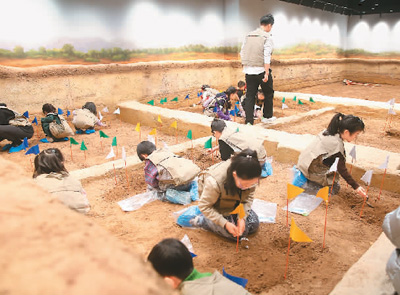
Photo shows participants during an archaeological experience course launched by Zhao Dan's company. (Photo courtesy of the interviewee)
The company launched an archaeological experience course at the Capital Museum in Beijing, combining lectures, artifact restoration, and simulated excavations earlier this year. The course has already attracted over 10,000 participants.
"By offering cultural and creative products and launching the archaeological experience course, our goal is to give some 'enlightenment'," Zhao said.
Zhao added that the current enthusiasm for museums and culture reflects people's strong interest in history and culture, and it's the job of professionals in the cultural and creative industry to further spark their interest through various mediums.
Photos
Related Stories
- Integration of culture, tourism picks up steam
- Experience beauty of Chinese culture in 'Black Myth: Wukong'
- Promotion event of Chinese tea culture, Yunnan Province culture, tourism held in Myanmar
- Cultural roots spread in elegant style
- UK students experience dragon boat traditions in south China’s Guangdong
Copyright © 2024 People's Daily Online. All Rights Reserved.






